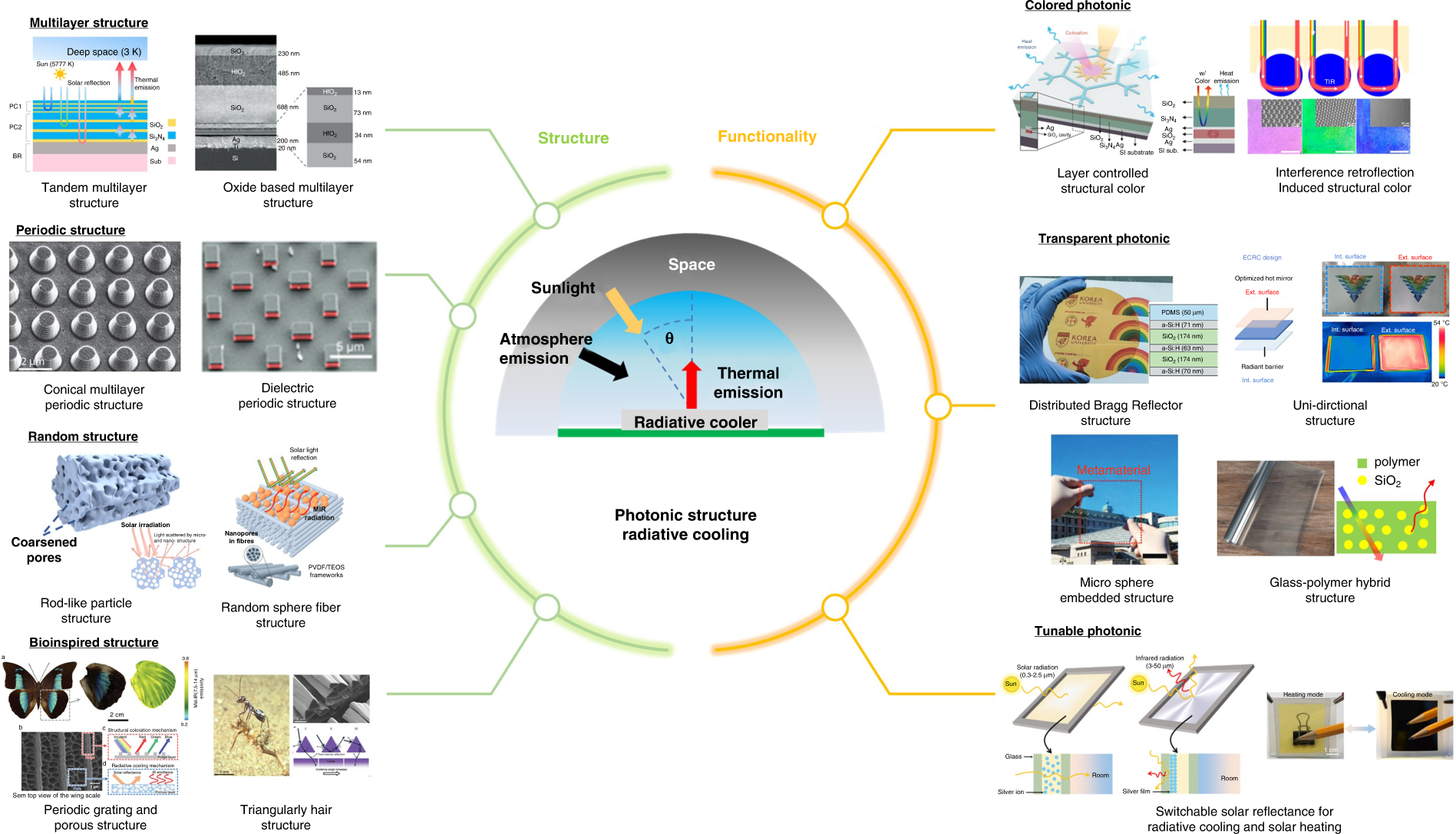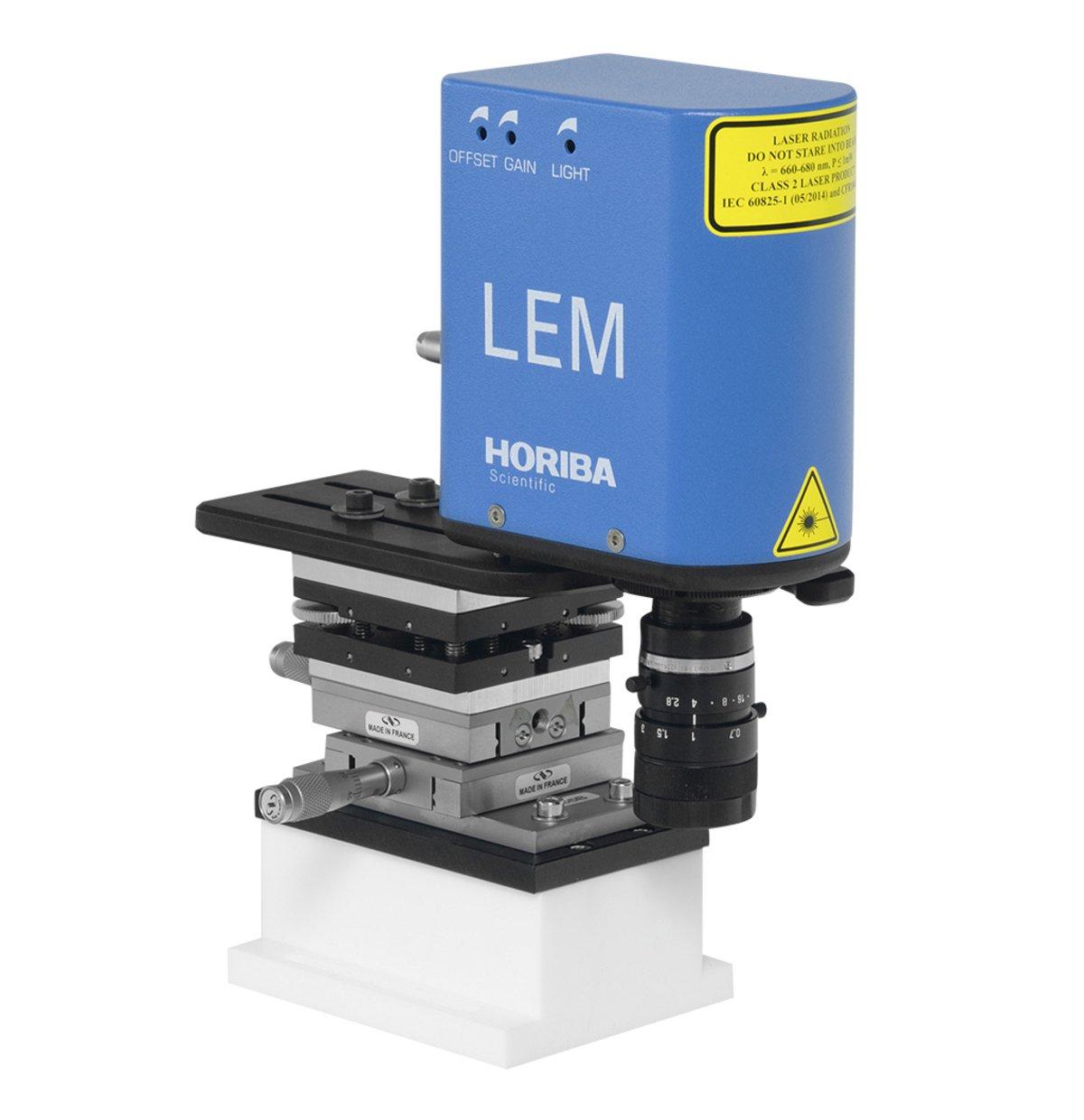A study of thermal cycling and radiation effects on indium and
The BTeV hybrid pixel detector is constructed of readout chips and sensor arrays which are developed separately. The detector is assembled by flip-chip mating of the two parts. This method requires the availability of highly reliable, reasonably low cost fine-pitch flip-chip attachment technology. We have tested the quality of two bump-bonding technologies; indium bumps (by Advanced Interconnect Technology Ltd. (AIT) of Hong Kong) and fluxless solder bumps (by MCNC in North Carolina, USA). The results have been presented elsewhere [1]. In this paper we describe tests we performed to further evaluate these technologies. We subjected 15 indium bump-bonded and 15 fluxless solder bump-bonded dummy detectors through a thermal cycle and then a dose of radiation to observe the effects of cooling, heating and radiation on bump-bonds. We also exercised the processes of HDI mounting and wire bonding to some of the dummy detectors to see the effect of these processes on bump bonds.

Efficiency and Thermography in Cycling during a Graded Exercise Test

Reliability of Indium Solder for Cold Temperature Packaging

High pressure melting curves for indium. Symbols are the results

Effect of thermal annealing on SHI irradiated indium implanted

How Solar Cells Work

PDF) Design of an UHF RFID Antenna on Flexible Substrate Magnetically Coupled to the Tag

Coatings, Free Full-Text

Why separation is needed in pharmaceutical multiple component

Photonic structures in radiative cooling

Environmental Impacts of Solar Power

Delafosse CHRISTIAN, Medical Doctor, Hospital Simone Veil, Montmorency, department of pneumology

Aerogel-Directed Energy-Storage Films with Thermally Stimulant

100-21-0, MFCD00002558, Terephthalic acid

Real Time Interferometric Process Monitor - HORIBA

Use of CCD for reflow process design









